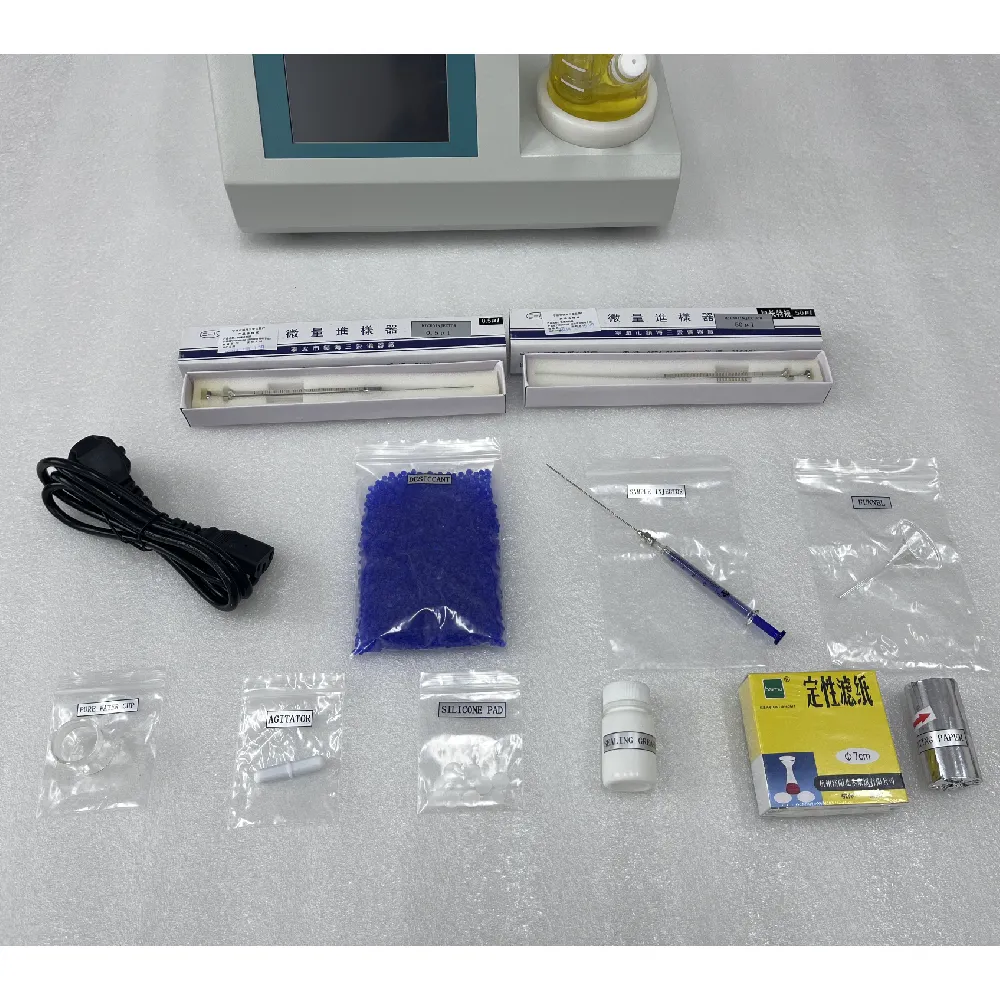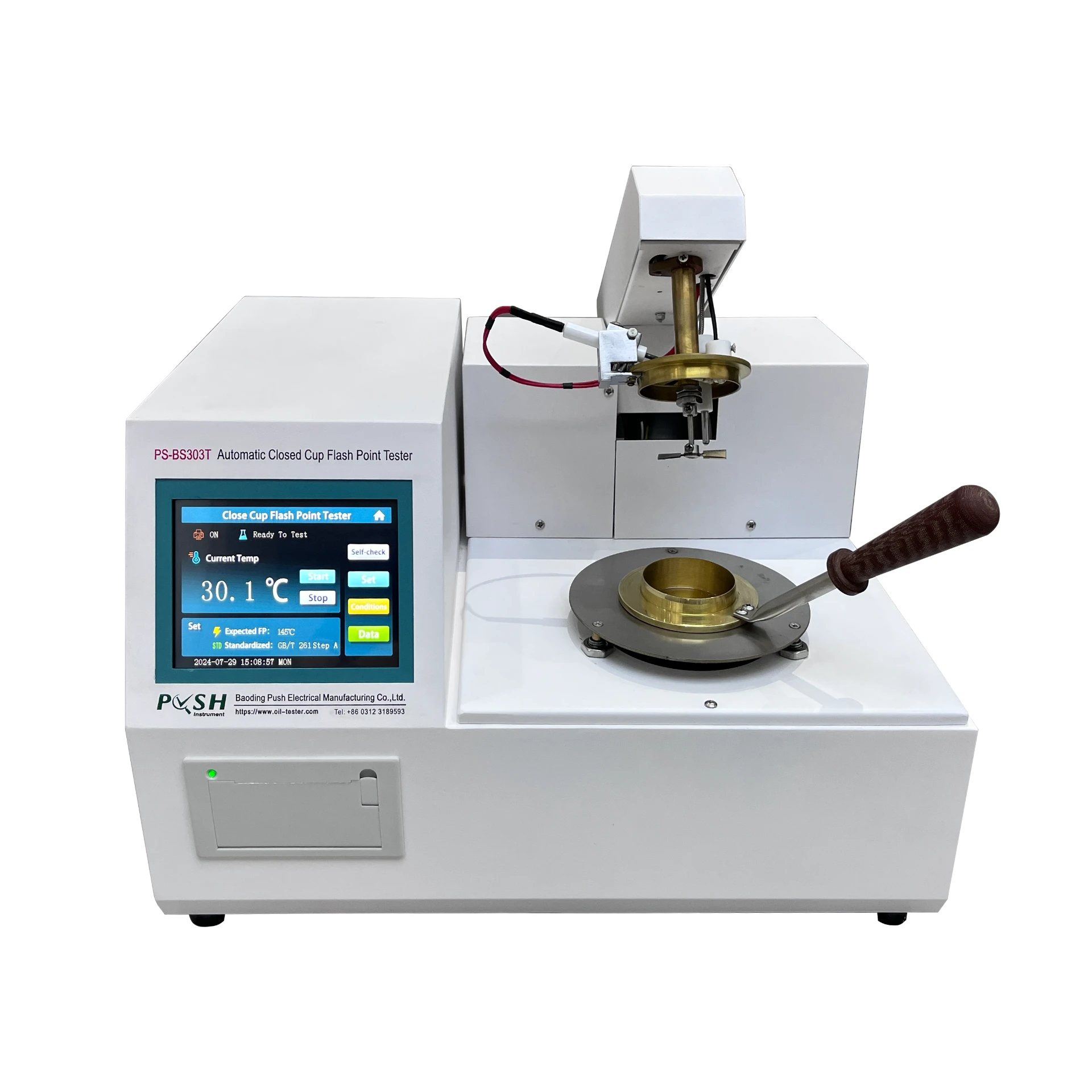TEL:
+86-0312-3189593
 English
English

Telephone:0312-3189593

Email:sales@oil-tester.com

-
 Afrikaans
Afrikaans -
 Albanian
Albanian -
 Amharic
Amharic -
 Arabic
Arabic -
 Armenian
Armenian -
 Azerbaijani
Azerbaijani -
 Basque
Basque -
 Belarusian
Belarusian -
 Bengali
Bengali -
 Bosnian
Bosnian -
 Bulgarian
Bulgarian -
 Catalan
Catalan -
 Cebuano
Cebuano -
 China
China -
 China (Taiwan)
China (Taiwan) -
 Corsican
Corsican -
 Croatian
Croatian -
 Czech
Czech -
 Danish
Danish -
 Dutch
Dutch -
 English
English -
 Esperanto
Esperanto -
 Estonian
Estonian -
 Finnish
Finnish -
 French
French -
 Frisian
Frisian -
 Galician
Galician -
 Georgian
Georgian -
 German
German -
 Greek
Greek -
 Gujarati
Gujarati -
 Haitian Creole
Haitian Creole -
 hausa
hausa -
 hawaiian
hawaiian -
 Hebrew
Hebrew -
 Hindi
Hindi -
 Miao
Miao -
 Hungarian
Hungarian -
 Icelandic
Icelandic -
 igbo
igbo -
 Indonesian
Indonesian -
 irish
irish -
 Italian
Italian -
 Japanese
Japanese -
 Javanese
Javanese -
 Kannada
Kannada -
 kazakh
kazakh -
 Khmer
Khmer -
 Rwandese
Rwandese -
 Korean
Korean -
 Kurdish
Kurdish -
 Kyrgyz
Kyrgyz -
 Lao
Lao -
 Latin
Latin -
 Latvian
Latvian -
 Lithuanian
Lithuanian -
 Luxembourgish
Luxembourgish -
 Macedonian
Macedonian -
 Malgashi
Malgashi -
 Malay
Malay -
 Malayalam
Malayalam -
 Maltese
Maltese -
 Maori
Maori -
 Marathi
Marathi -
 Mongolian
Mongolian -
 Myanmar
Myanmar -
 Nepali
Nepali -
 Norwegian
Norwegian -
 Norwegian
Norwegian -
 Occitan
Occitan -
 Pashto
Pashto -
 Persian
Persian -
 Polish
Polish -
 Portuguese
Portuguese -
 Punjabi
Punjabi -
 Romanian
Romanian -
 Russian
Russian -
 Samoan
Samoan -
 Scottish Gaelic
Scottish Gaelic -
 Serbian
Serbian -
 Sesotho
Sesotho -
 Shona
Shona -
 Sindhi
Sindhi -
 Sinhala
Sinhala -
 Slovak
Slovak -
 Slovenian
Slovenian -
 Somali
Somali -
 Spanish
Spanish -
 Sundanese
Sundanese -
 Swahili
Swahili -
 Swedish
Swedish -
 Tagalog
Tagalog -
 Tajik
Tajik -
 Tamil
Tamil -
 Tatar
Tatar -
 Telugu
Telugu -
 Thai
Thai -
 Turkish
Turkish -
 Turkmen
Turkmen -
 Ukrainian
Ukrainian -
 Urdu
Urdu -
 Uighur
Uighur -
 Uzbek
Uzbek -
 Vietnamese
Vietnamese -
 Welsh
Welsh -
 Bantu
Bantu -
 Yiddish
Yiddish -
 Yoruba
Yoruba -
 Zulu
Zulu
شوبات . 13, 2025 22:51
Back to list
testing of transformer in high voltage engineering
Transformers are pivotal components in the realm of high voltage engineering, acting as the backbone that facilitates the efficient distribution of electrical power. Given their critical role, ensuring their reliability through rigorous testing is indispensable. This article delves into the complexities of transformer testing, drawing upon real-world experiences, professional expertise, and authoritative sources to offer a comprehensive understanding tailored for industry practitioners.
Routine Maintenance Testing is integral to sustaining transformer health over time. It involves periodic assessments using tests like thermographic scanning and dissolved gas analysis (DGA) to identify early signs of degradation. Expertise dictates that establishing a robust maintenance schedule informed by historical data and real-time monitoring can drastically reduce unforeseen breakdowns, thereby enhancing both reliability and safety. Emergency Diagnostic Testing becomes pertinent when transformers exhibit signs of malfunction or distress. This scenario demands a rapid response, relying heavily on expertise in interpreting diagnostic tests swiftly and accurately. Trust in the chosen methodologies is essential; thus, employing advanced frequency response analysis (FRA) techniques can pinpoint defects such as core displacement or winding deformation, enabling informed decision-making during critical situations. The authority on transformer testing methodologies is often cemented by adherence to international standards like those set by the IEC (International Electrotechnical Commission) and IEEE (Institute of Electrical and Electronics Engineers). Engaging with these standards ensures that testing practices not only meet global benchmarks but also inspire trust among clients and stakeholders. Trustworthiness in transformer testing is further reinforced through transparent reporting and certification processes. Documenting every test process, results, and corrective actions in a clear, comprehensible format is vital. This level of transparency not only facilitates audits and inspections but also establishes confidence within the operational teams and with external partners involved. In conclusion, the testing of transformers in high voltage engineering is a complex, multi-faceted process requiring a blend of experience, expertise, authority, and trust. Professionals in the field are encouraged to embrace cutting-edge technologies, adhere to international standards, and maintain rigorous documentation to ensure transformer reliability, performance, and safety, ultimately bridging the gap between theoretical knowledge and practical application.


Routine Maintenance Testing is integral to sustaining transformer health over time. It involves periodic assessments using tests like thermographic scanning and dissolved gas analysis (DGA) to identify early signs of degradation. Expertise dictates that establishing a robust maintenance schedule informed by historical data and real-time monitoring can drastically reduce unforeseen breakdowns, thereby enhancing both reliability and safety. Emergency Diagnostic Testing becomes pertinent when transformers exhibit signs of malfunction or distress. This scenario demands a rapid response, relying heavily on expertise in interpreting diagnostic tests swiftly and accurately. Trust in the chosen methodologies is essential; thus, employing advanced frequency response analysis (FRA) techniques can pinpoint defects such as core displacement or winding deformation, enabling informed decision-making during critical situations. The authority on transformer testing methodologies is often cemented by adherence to international standards like those set by the IEC (International Electrotechnical Commission) and IEEE (Institute of Electrical and Electronics Engineers). Engaging with these standards ensures that testing practices not only meet global benchmarks but also inspire trust among clients and stakeholders. Trustworthiness in transformer testing is further reinforced through transparent reporting and certification processes. Documenting every test process, results, and corrective actions in a clear, comprehensible format is vital. This level of transparency not only facilitates audits and inspections but also establishes confidence within the operational teams and with external partners involved. In conclusion, the testing of transformers in high voltage engineering is a complex, multi-faceted process requiring a blend of experience, expertise, authority, and trust. Professionals in the field are encouraged to embrace cutting-edge technologies, adhere to international standards, and maintain rigorous documentation to ensure transformer reliability, performance, and safety, ultimately bridging the gap between theoretical knowledge and practical application.
Previous:
Latest news
-
Testing Equipment Industry Sees Major Advancements in 2025: Smart & Precision Technologies Lead the WayNewsJun.06,2025
-
Applications of Direct Current Generators in Renewable Energy SystemsNewsJun.05,2025
-
Hipot Tester Calibration and Accuracy GuidelinesNewsJun.05,2025
-
Digital Circuit Breaker Analyzer Features and BenefitsNewsJun.05,2025
-
Benefits of Real-Time Power Quality Monitoring Devices for Industrial EfficiencyNewsJun.05,2025
-
Earth Fault Loop Testing in High-Rise Building Electrical SystemsNewsJun.05,2025



